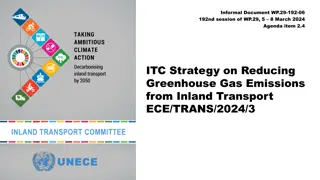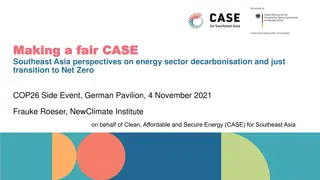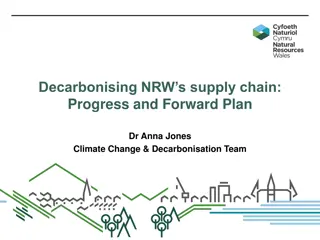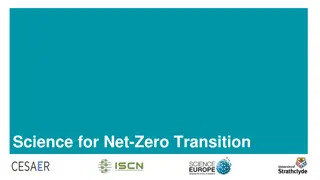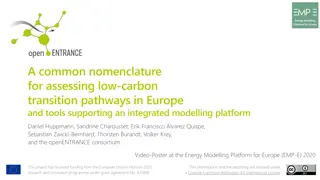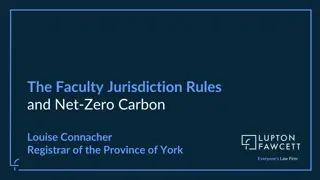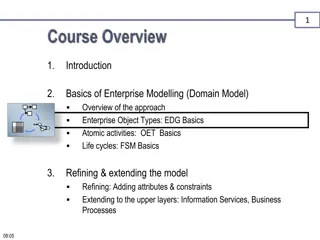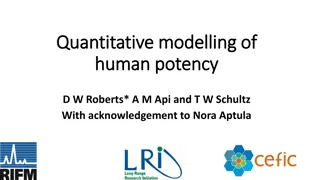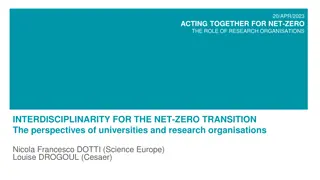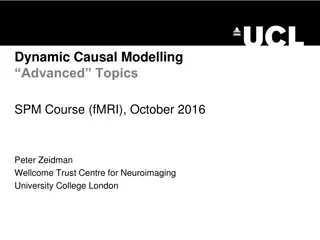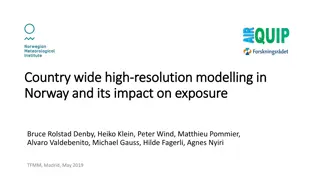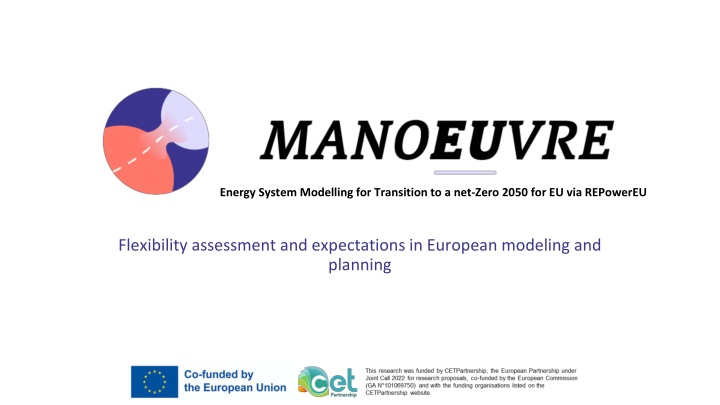
Energy System Modelling for Transition to a Net-Zero 2050 via REPowerEU Flexibility
This project focuses on clean energy transition partnership aiming at developing a hybrid Power2heat and thermal storage system to optimize energy production and storage for a net-zero future. Simulations are conducted to assess flexibility and address expected challenges in implementing this innovative technology.
Download Presentation

Please find below an Image/Link to download the presentation.
The content on the website is provided AS IS for your information and personal use only. It may not be sold, licensed, or shared on other websites without obtaining consent from the author. If you encounter any issues during the download, it is possible that the publisher has removed the file from their server.
You are allowed to download the files provided on this website for personal or commercial use, subject to the condition that they are used lawfully. All files are the property of their respective owners.
The content on the website is provided AS IS for your information and personal use only. It may not be sold, licensed, or shared on other websites without obtaining consent from the author.
E N D
Presentation Transcript
Energy System Modelling for Transition to a net-Zero 2050 for EU via REPowerEU Flexibility assessment and expectations in European modeling and planning
Type of project: Clean Energy Transition Partnership Duration: 2023-2026 (36 months)
Power2heat and thermal storage Characteristics Peak power output Total energy LCOH Modes of integration Parallel Complementary Boosting Modes of operation Direct generation Intermittent storage
Expected challenges and results Developing a general use application for the studied technology. Capturing the advantages and disadvantages of specific configurations. Implementation of a complex P2H and TES system in a generalist simulation. Complete characterisation of a hybrid P2H+TES system. Optimised strategy for operation of the proposed technology. Simulation model capable of benefiting from the energy conversion of a P2H system and the load shifting of a TES system.
Disclaimer The sole responsibility for the content of this publication lies with the authors. It does not necessarily reflect the opinion of the European Union. Neither one of the funding partners nor the European Commission is responsible for any use that may be made of the information contained therein.



